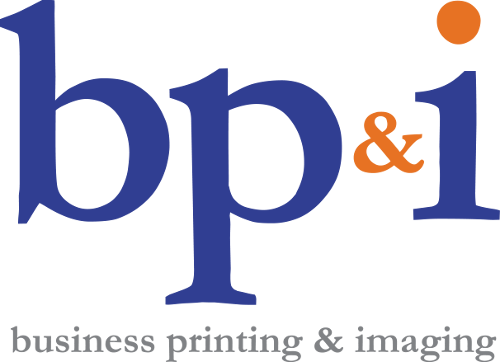The 7 Stage Employee Life Cycle

Understanding the employee life cycle will help you support your employees throughout their entire time with your company. It will also better help you to mitigate turnover risk, which can be costly.
The average U.S. employer spends about $4,000 and 24 days to hire a new worker. Other estimates have the cost of hiring as high as $6,110. However you calculate it, hiring a new employee is not cheap.
Below are the seven stages of the employee life cycle.
Attraction: the 1st stage of the employee life cycle
Do your best to make sure your first impression is a good one. Build a positive company culture and a brand that will appeal to future employees.
Recruitment: the 2nd stage of the employee life cycle
Recruitment encompasses the period from applicant to employee.
Although salary, job title, and job fit are all important, they’re not everything. Future employees are also looking for your company’s equality and diversity policies, mental health stance, maternity leave, overtime, sick pay, unpaid leave, and work-life balance. Positive testimonies from current and past staff are also important.
Remember, the job interview is both a space for you to see if the prospective employee is a good fit for your company as well as for the prospective employee to see if your company is a good fit for them.
Onboarding: the 3rd stage of the employee life cycle
The employee has been hired, now it’s time to get them acclimated to your work environment.
When employees start a new job, they’re most likely feeling optimistic and full of potential. Build off of this by making them feel welcomed and safe in the new work environment.
Development: the 4th stage of the employee life cycle
If your employees are learning and improving, so too will your business.
Support development by organizing workshops, conferences, and seminars. Encourage constructive criticism throughout the workplace. If your company is able, financially support learning programs for your employees.
Retention: the 5th stage of the employee life cycle
Successful employee retention will save your company many workers and dollars.
Never take any of your employees for granted. Let them know they’re appreciated by thanking them often. Reward employees for their hard work through recognition programs and promotions. Check in with your employees to see if they’re happy and content. If not, find out why. What can your business do?
Separation: the 6th stage of the employee life cycle
Employees can’t stay at your company forever, no matter how hard you try.
Employees might leave for a variety of reasons: better career opportunities, retirement, a change of pace, etc. Whatever the reason, it’s crucial that you try your best to remain on good terms.
They’ll be able to testify for or against your company down the road. Positive word-of-mouth reviews are important to the success of your company. Try throwing them a goodbye party to thank them for all they’ve done for your company.
Before they leave, make sure you ask them for their honest opinions. This will help you improve your workplace.
Check in with your remaining employees. You didn’t just lose an employee, they lost a friend.
Alumni: the 7th stage of the employee life cycle
Although no longer officially part of your workplace, past employees can still be part of your company’s culture. Invite them to company events if possible, ask them for future referrals, and request their help from time to time.
We understand the workplace community can sometimes feel like a second family. Support your employees every step of the way with the print pieces that make communication a breeze. Support is important, and we’re here to support you in your business goals. Anything print-related, we’ve got your back.
